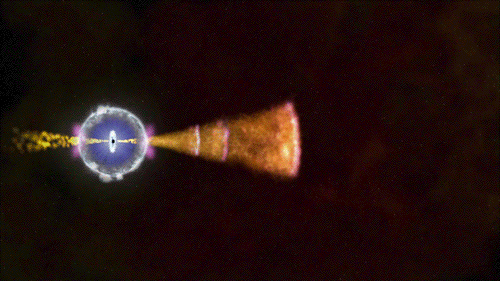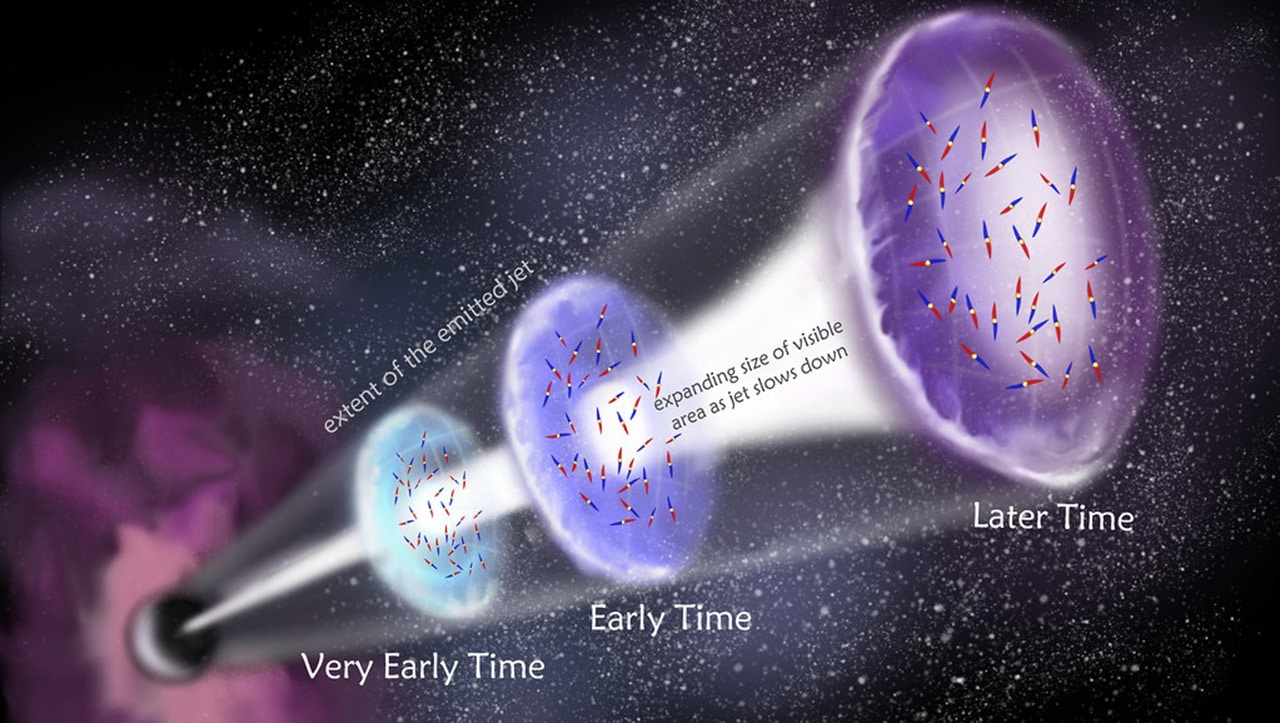
This association could change our understanding of these extreme, energetic events. This burst confirms the existence of short-duration GRBs with stellar core-collapse origin."

"Rather, these properties resemble those of long GRBs. Its other observational properties such as its spectral behaviors, total energy and host galaxy offset are, however, inconsistent with those of other short GRBs believed to originate from binary neutron star mergers," Zhang's team wrote in their paper. "Characterized by a sharp pulse, this burst shows a duration of 1 second and no evidence of an underlying longer-duration event.

This, they have now confirmed, is the afterglow of GRB 200826A - and its emission profile is consistent not with a binary merger, but a supernova.Ī separate team, led by astrophysicist Binbin Zhang of Nanjing University in China, independently arrived at the same conclusion with their analysis of GRB 200826A. It might have stayed that way, too, if Ahumada and his colleagues hadn't discovered another transient, and rapidly fading, bloom of light: ZTF20abwysqy. GRB 200826A, detected in August 2020, was thought to be a different kind of gamma-ray burst, known as a short gamma-ray burst - such as those emitted by a compact binary merger, like two neutron stars.

They're some of the most energetic supernovae in the Universe, occurring when the core of a star greater than about 30 solar masses collapses down to form a rapidly spinning black hole. Our discovery is consistent with the hypothesis that most collapsars fail to produce ultra-relativistic jets."Ĭollapsars are also known as hypernovae, and they're thought to be the result of an extreme core-collapse star death. "GRB 200826A is the shortest long-soft gamma-ray burst found with an associated collapsar it appears to sit on the brink between a successful and a failed collapsar. "Our panchromatic follow-up data confirm a collapsar origin," wrote a team of researchers led by astronomer Tomás Ahumada of the University of Maryland.

It's called GRB 200826A, and it could change how we understand these incredibly energetic events.


 0 kommentar(er)
0 kommentar(er)
